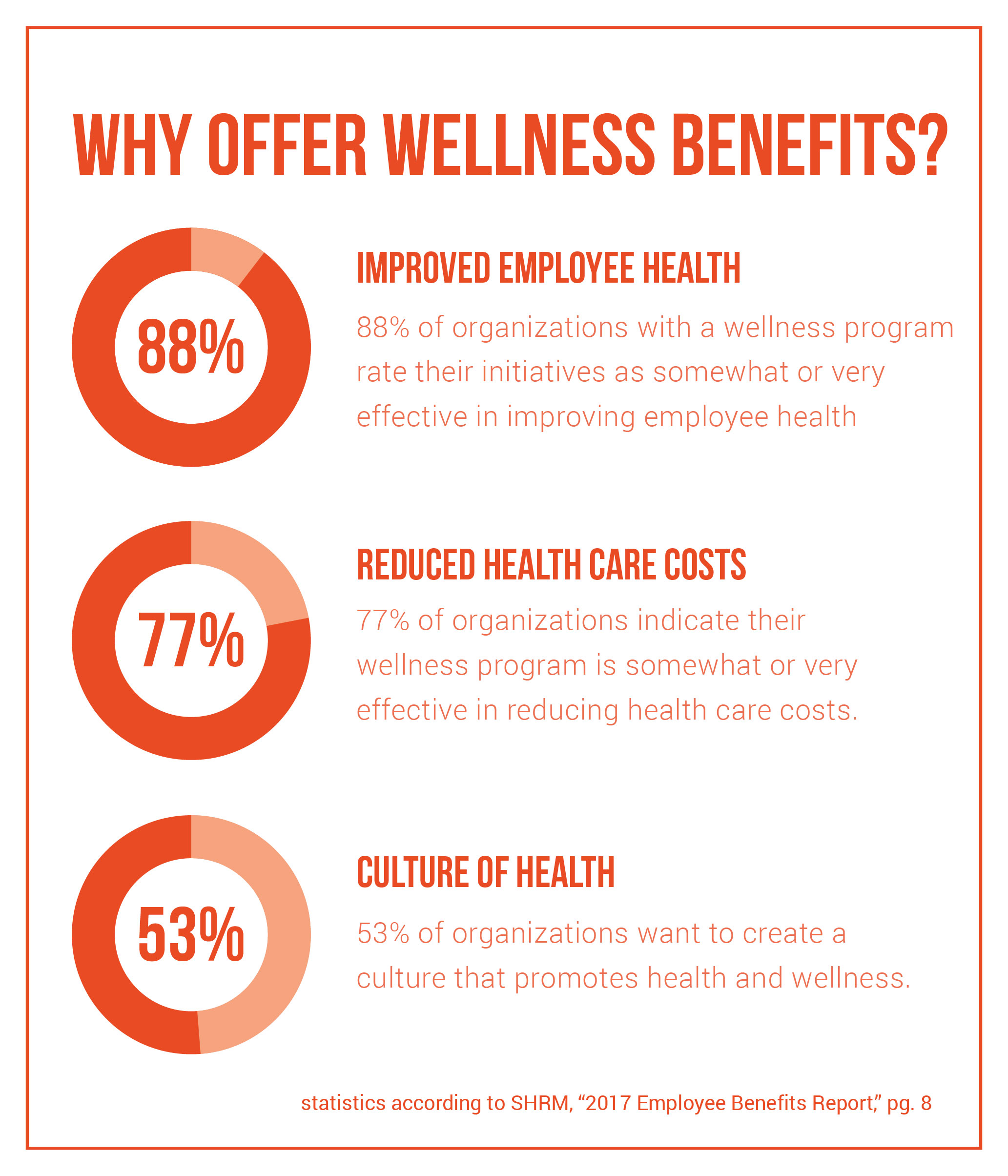After a long work week, taking a trip to the gym on a Friday isn’t very appealing to most people. However, with more and more people sitting all week at sedentary office jobs, the need for exercise as a healthy daily routine is ever-increasing. So, if employees are too tired after work to travel to the gym, why not bring the gym to the office?
Many Americans spend most of their time at work, which puts employers in a unique position.
The inflated cost of healthcare in the US is very much a consequence of poor health in the general population. As of 2012, 117 million Americans had at least one chronic illness. Chronic illnesses account for 75% of all health care costs & 70% of deaths in the US. The two most prominent chronic illnesses are obesity and depression, with the former contributing to nearly 29 million Americans with diabetes, and another 86 million exhibiting signs of prediabetes, according to the CDC (Centers for Disease Control).
A fundamental fact in this issue is is that health affects work and work impacts health. The US workforce is becoming more health-conscious, and employers have started looking for ways to decrease total health-related costs. One of the most effective solutions is to invest in evidence-based, well-designed, and comprehensive workplace wellness programs. Improving employees’ health can control business expenses as well as protect, support, and enhance employee well-being and satisfaction. Business leaders are realizing that the health of their workforce is significantly linked to their bottom line. "From a business perspective, the employer’s engagement should be consistent with the values of the organization and the financial value of the investment. However, when the investment is for the company’s most important resource, its people, there are additional benefits beyond financial returns.”
The first study to track the stock market performance of companies that had demonstrated commitment to health, safety, and environmental programs found that they significantly outperformed the S&P 500 for the 1997—2012 period. Although correlation is not the same as causation, this study suggests companies that focus more on the health and safety of their employees can be of greater value to their investors and increase their competitive advantage.
So, should your business consider implementing a wellness program? Quite possibly, as the benefits to owners and employees typically outweigh the costs of implementation. Employers are uniquely positioned to build a culture of health and wellness in the workplace and to be a positive influence on the health and well-being of their employees.
Take a look at some of the corporate wellness centers we have had the pleasure of working on over the years:
See the US Chamber of Commerce's "Winning with Wellness" report for full citations of the research and statistics used in this article. If you're looking to start the journey to building a wellness facility, contact us to schedule a free consultation.












